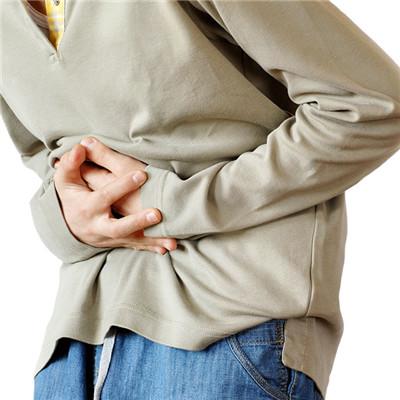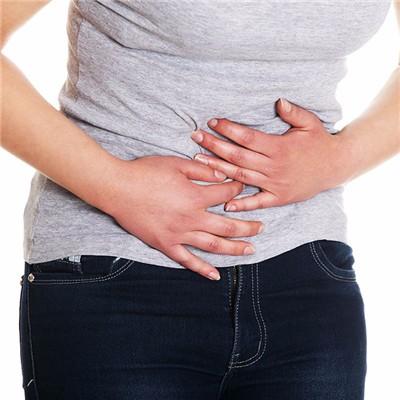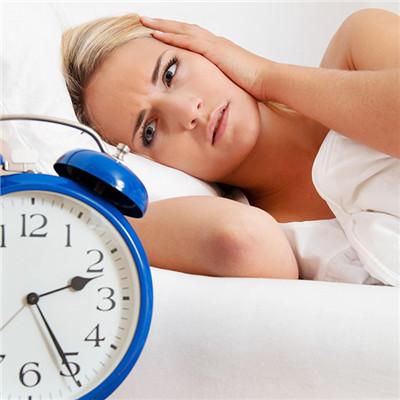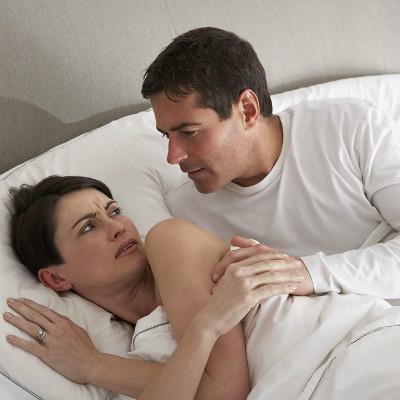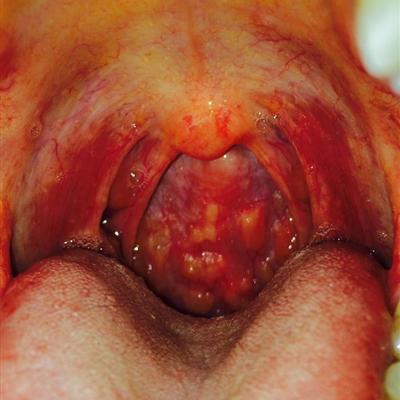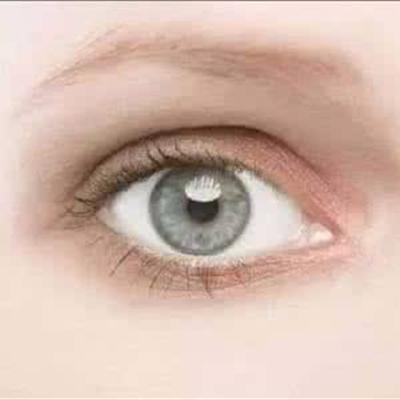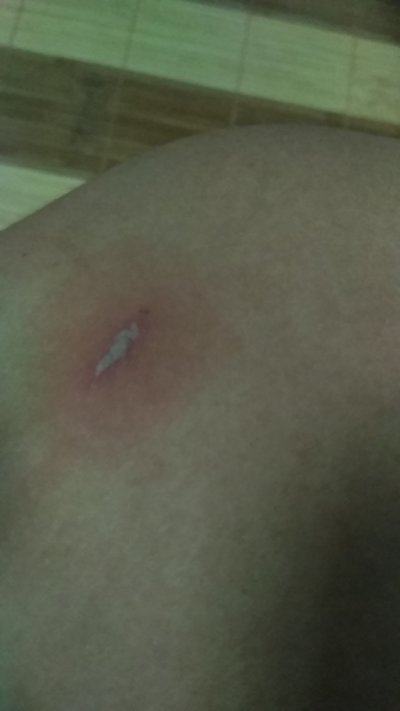How to differentiate and diagnose breath holding attack in children?
summary
Breath holding seizures are more common in infants and young children, which refers to the phenomenon of sudden apnea when children cry violently. Infant breath holding, commonly known as "big breath holding", is a common paroxysmal neurosis in infancy. The incidence rate is 46%, and it attacks more than 2 years old. The frequency of attacks after 3 to 4 years old is gradually decreasing. So how to differentiate the diagnosis of children's breath holding attack? Now let's talk about it.
How to differentiate and diagnose breath holding attack in children?
Although there are changes of muscle tension, body posture and skin color in epilepsy, the changes of muscle tension and body posture come first and skin color comes second. The most important identification is that EEG has abnormal characteristics. In addition, epilepsy caused by head trauma can appear myoclonic convulsions. After the seizure, the time of drowsiness in children is longer than that in children with breath holding seizures, and there is no obvious inducement or crying before the seizure, and the skin color changes after the convulsions.

Orthostatic syncope is spontaneous without crying. It often occurs when the body position changes suddenly or under environmental factors, such as rising temperature, sudden encounter of fear, and sight of bleeding. Its attack is often very sudden, and accompanied by the loss of muscle tension, attack, the children try to avoid their own fall, such as the children in the supine position to recover.

Asphyxia in children due to hypoxia or asphyxia caused by loss of consciousness and muscle tension changes. Central asphyxia is characterized by no respiratory ventilation when chest wall is moving or forced breathing. Its attack is often without any inducement, sudden. Normal infants or children with brain stem lesions can occur. Asphyxia can occur in waking and sleeping, while breath holding attack only occurs in waking, which can be differentiated.

matters needing attention
Pay attention to reasonable education and mental health to make children grow up healthily. At ordinary times, parents should not overindulge their children, pay attention to the arrangement of living environment, remove the factors causing mental tension and conflict, and try to avoid sudden and unexpected stimulation. Children should lie on their side or supine to avoid head injury and foreign body inhalation; When there is obstruction, foreign bodies in the mouth and airway should be removed to keep the airway unobstructed.



